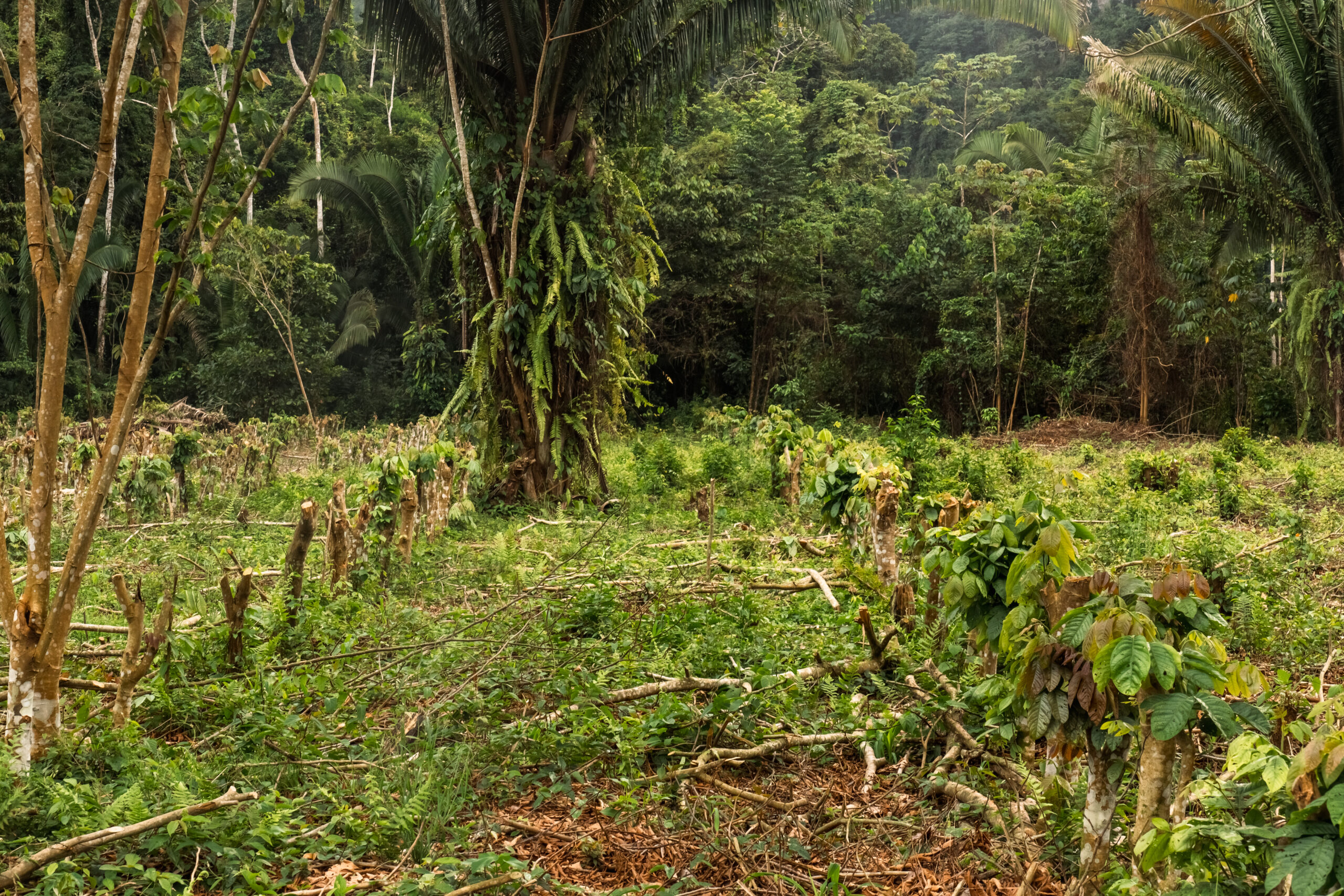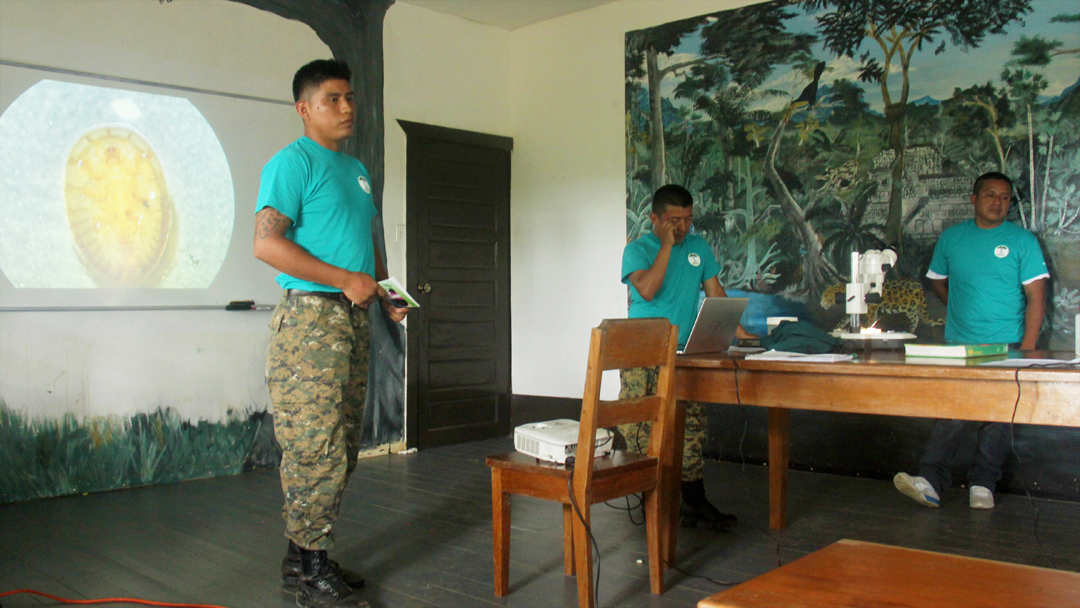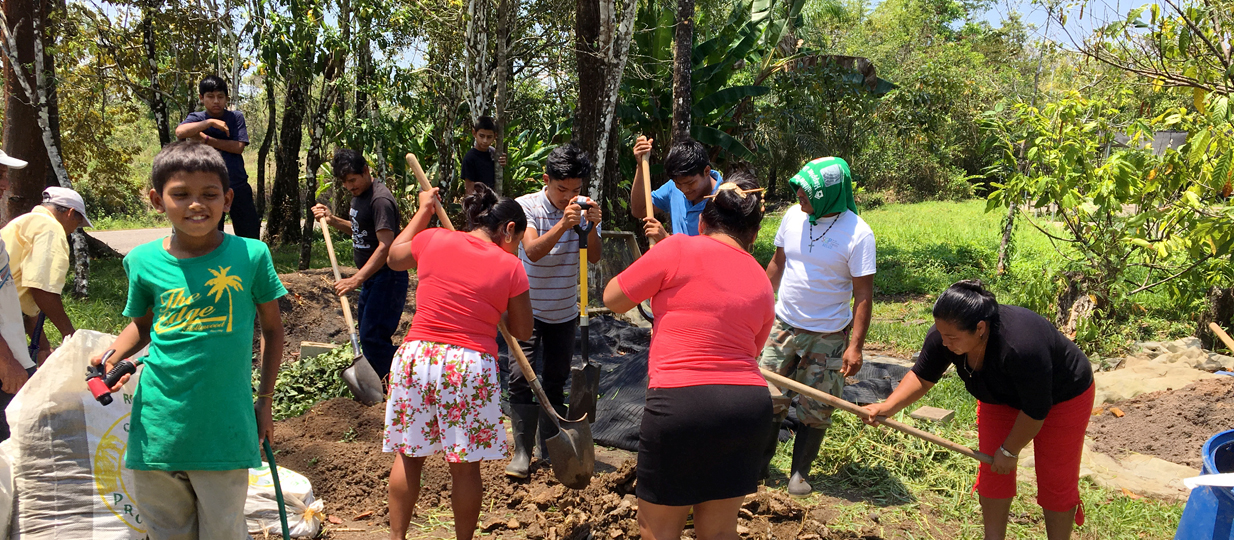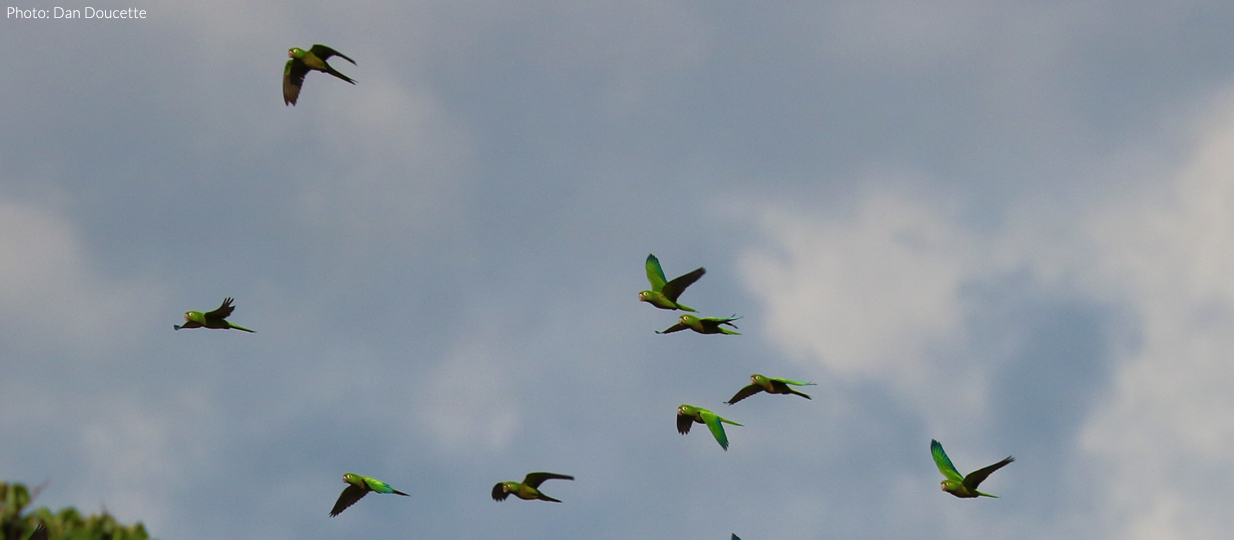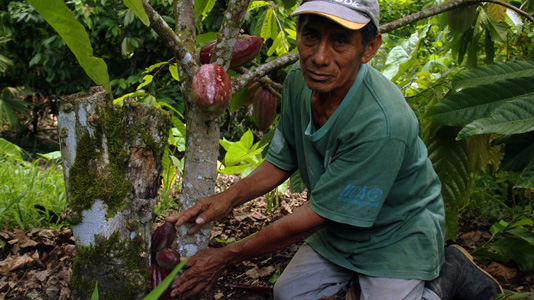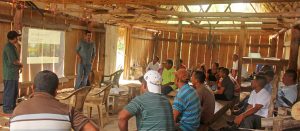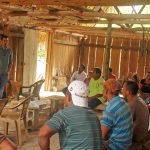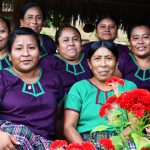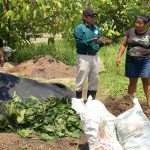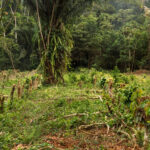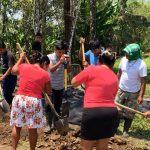Forests provide communities with clean fresh-water, medicine, food, non-timber forest products, recreational opportunities, spiritual benefits and other ecological services. Wise Maya communities practice sustainable extraction of forest resources to supply their basic needs for a healthy and sustainable living.
Forests are prominently known for providing and maintaining clean water. They are critical in minimizing soil erosion, reducing and absorbing polluting chemicals and natural filtration system allows the discharge of clean water in watersheds. Forest communities directly depend on lakes, rivers and streams for their household needs, consumption, irrigation and recreational purposes. Clean water is a critical and valuable natural resource for all living organisms.
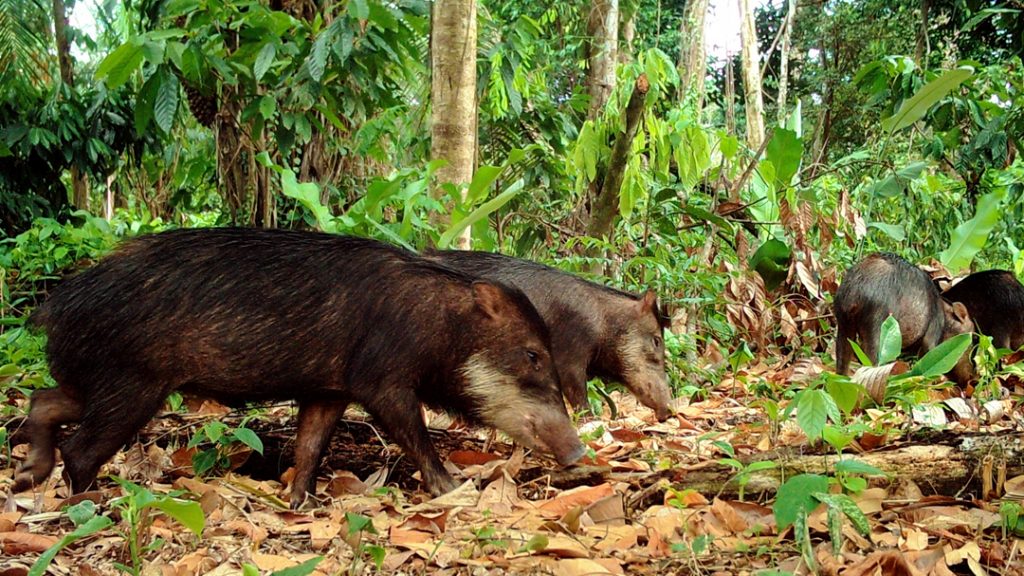
Forests are homes to thousands of animal species. Some of these animals, often referred to as game meat, are not only consumed by humans but they also form part of the diet of many wild animals, particularly top predators such as the iconic jaguar. In order to maintain a healthy population of game species, hunting seasons, stipulated under the Wildlife Protection Act, gives time for the species to breed and replenish its population. For example, male deer has a closed hunting season from July 1st to September 30th and female deer from July 1st to February 1st; gibnut cannot be hunted from December 1st to May 1st; nine-banded armadillo is protected from February 1st to June 1st and peccary are afforded time to reproduce from June 1st to November 30th.
Ingredients for traditional Maya dishes are usually collected from the forest to cook delicious meals such as sought-after tamales, caldo, cohune cabbage and rice and beans and stew chicken, which form part of the Belizean heritage. These nutritional foods have organic ingredients that are directly dependent on fertile soils of forests. Some of these ingredients include lemongrass, ginger, yellow ginger, allspice, cinnamon, oregano and black-pepper. Oil and resins are also part of the Belizean cuisine; for example, coconut, cohune, allspice and lemongrass oils give an extra taste and nutrients to cooking.
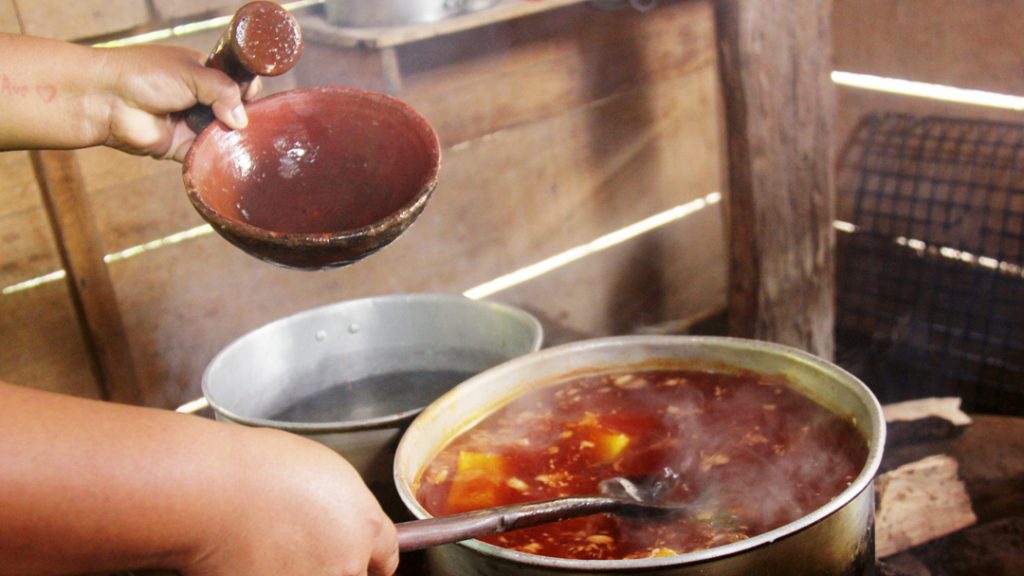
The cooking ingredients, oils and resins also play an important role in traditional medicine. Indigenous communities have made extensive use of plants for a wide spectrum of ailments to meet their health needs. Communities depend on knowledgeable traditional healers to collect forest plants. Traditional knowledge and medicinal plants have influenced modern medicine and are still an integral part of indigenous practices.
Sacred forests allow forest communities to connect with nature and practice their spiritual values. The spiritual leaders, often elders, guide immersive ceremonies within the forests, consisting of prayers, harmonic flute, incense, melodies, food and beverages offered to the spirits of nature to nurture sustainable livelihoods.
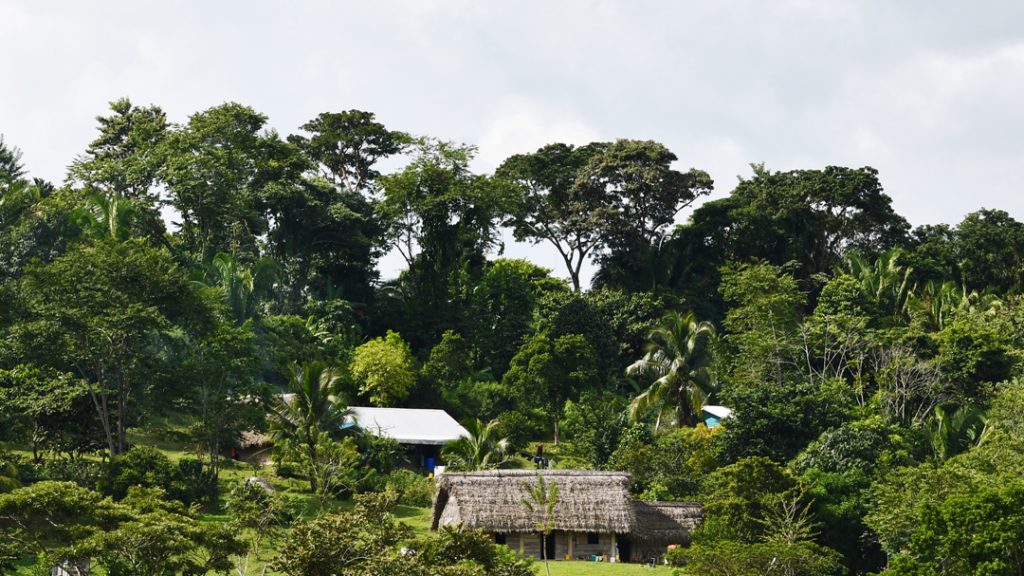
Forests also provide building materials such as hardwood, sticks, vines and cohune leaves. The construction of a new home brings community members together, offering a helping hand to help gather materials and build a cool, traditional Maya home. The mature cohune leaves, vines and sticks are carefully cut from the forest to ensure a longer-lasting house. In the homes, families use non-timber forest produce such as the jippi jappa and calabash to craft beautiful carvings and baskets, which are used at home or are sold.
The Maya communities have been practicing sustainable uses of forests for many years to protect their forests resources. Globally thinking these practices are positively contributing towards the Sustainable Development Goals (SDG’s), such as empowerment opportunities for youths and women, adaptation to climate change through adoption of climate-smart farming practices and mitigation of environmental degradation.
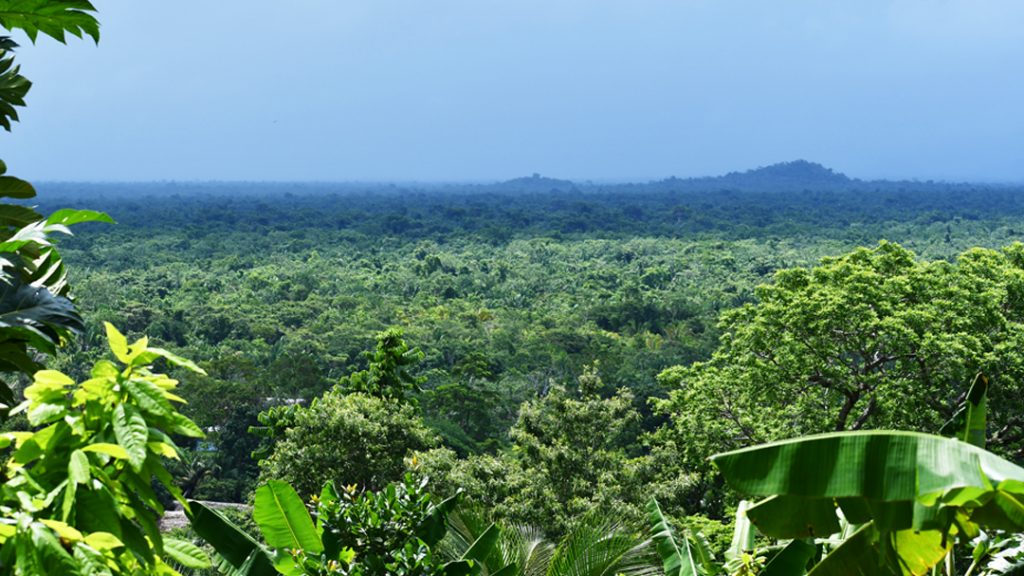
Ya’axché is continuously working with communities in the Maya Golden Landscape to support livelihoods and strengthen the protection of forests for the continued enjoyment of forest services and support livelihoods.

